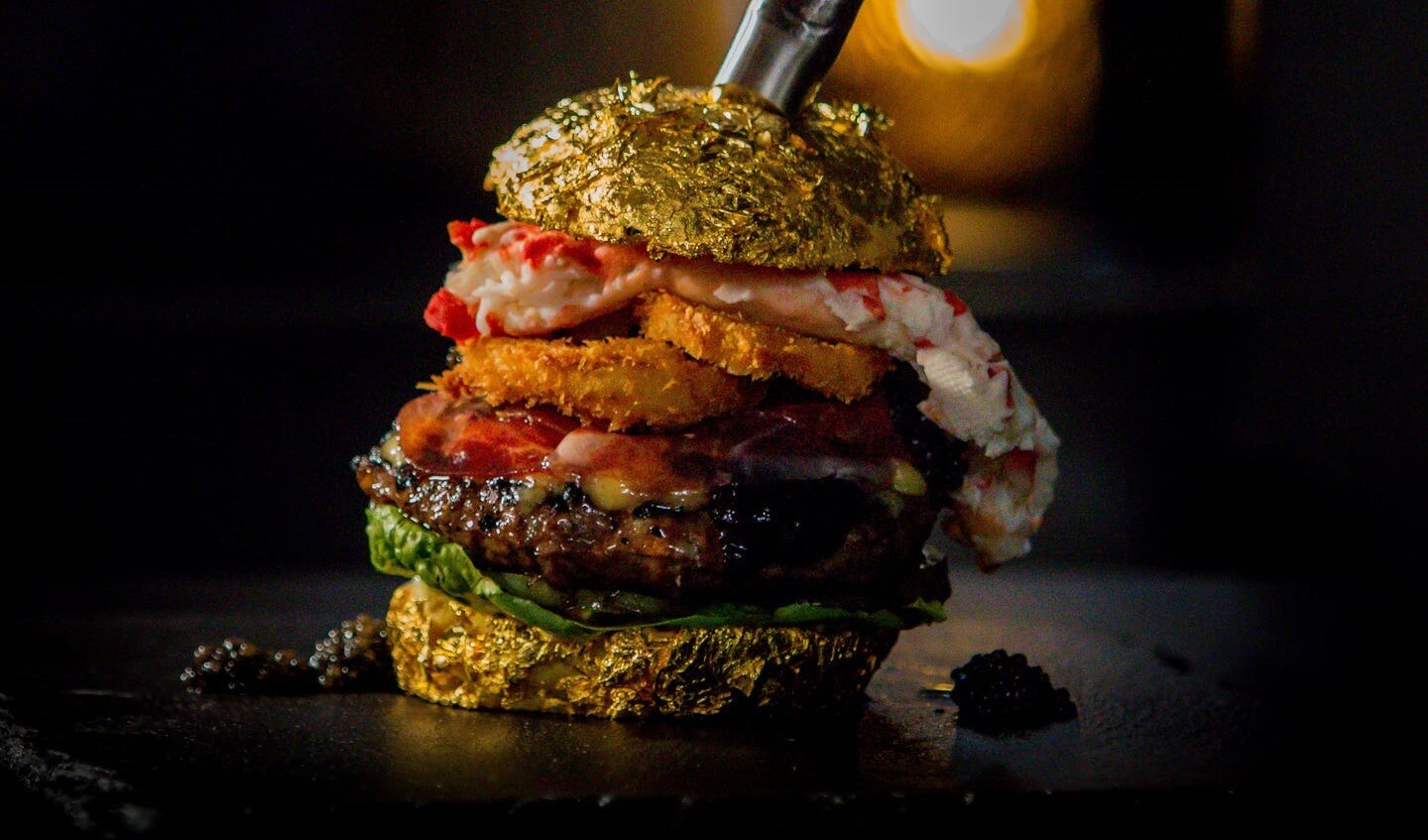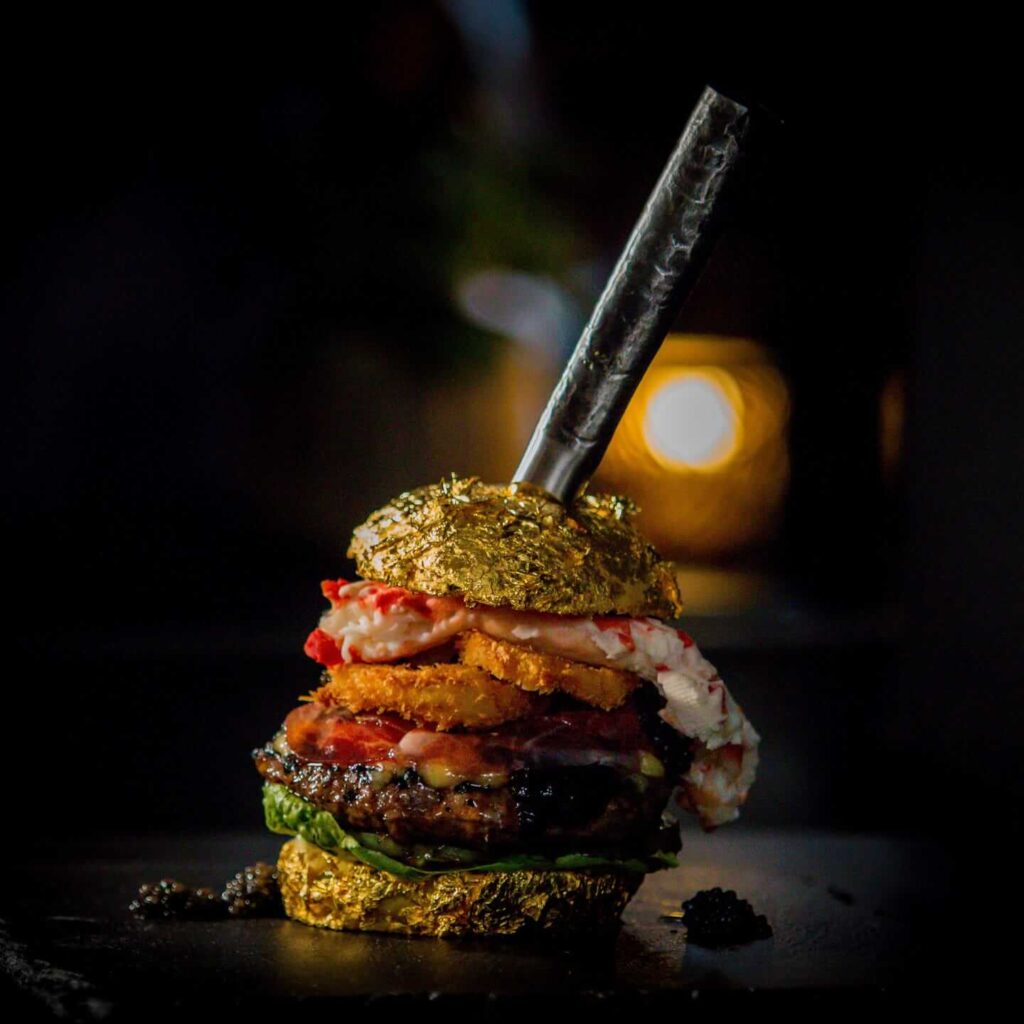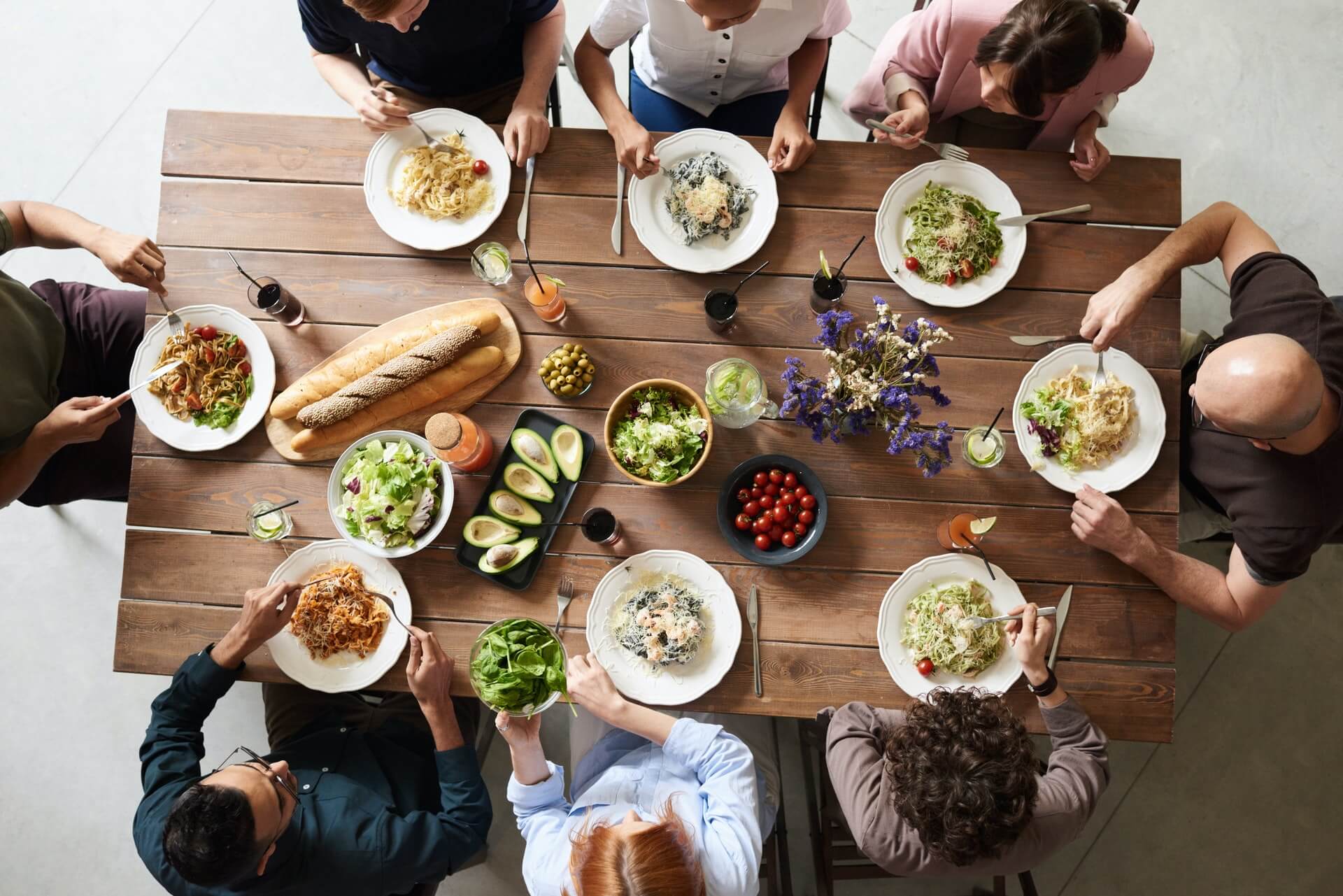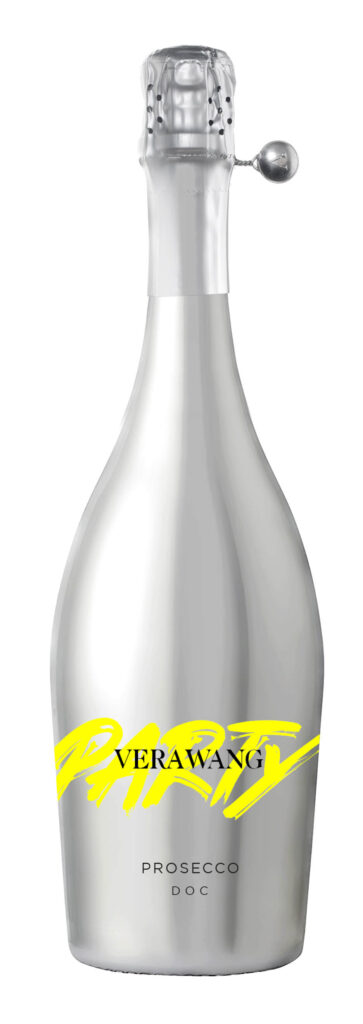Novo Fogo Releases First-ever Carbon-neutral Distilled Spirit
by David Klemt
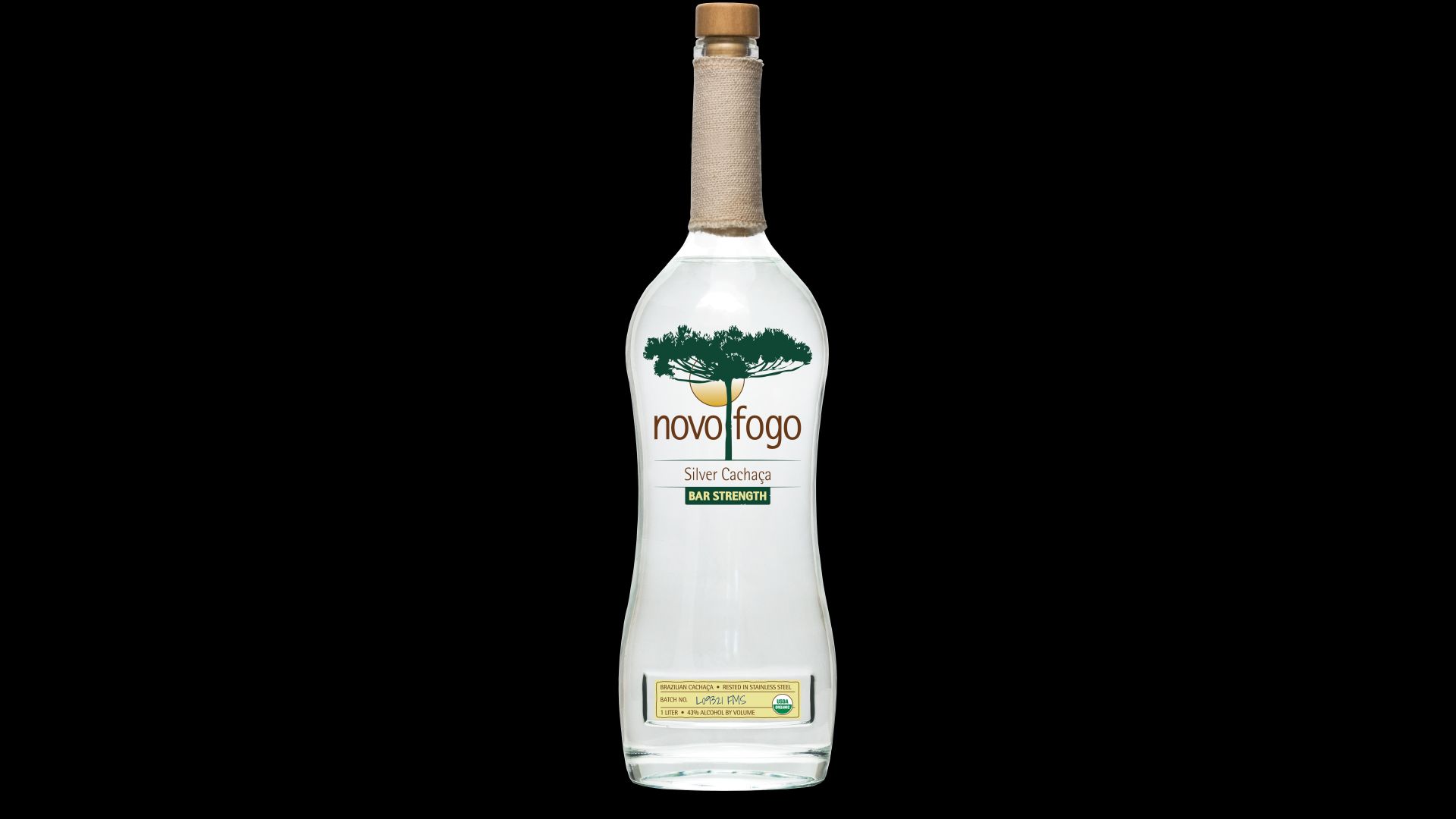
Novo Fogo is releasing their Silver Cachaça in a one-liter bottle with a fresh new design, strength and trade industry focus.
Clearly, the Brazilian distiller is concentrating on bar owners and bartenders for 2021.
Of course, Novo Fogo is also focusing on their relationship with the planet.
Reducing Environmental Impact
The Novo Fogo distillery calls the Floresta Atlântica home. And the brand is fiercely protective of this location.
Also known as the Atlantic Rainforest, the distillery operates within the second-largest UNESCO Biosphere Reserve.
Novo Fogo’s home is pristine, surrounded by untouched nature—there’s no pollution. Operating in harmony, Novo Fogo goes to great lengths to impact their surroundings—and the planet—as little as possible.
Fans of the distillery’s handcrafted, small-batch cachaça will attest to the liquid’s terroir. Tasting Novo Fogo is like standing in Floresta Atlântica and breathing in its pristine nature.
The company is carbon negative (absorb more carbon dioxide than they emit); uses minimal water; utilizes organic production methods; and manages reforestation efforts.
World First Spirit
Novo Fogo’s mission includes a relentless, meticulous approach to saving the Amazon rainforest. The reasoning is obvious—sixty percent of Brazil is rainforest.
Also, rainforests absorb carbon dioxide; release oxygen and water into the atmosphere; are home to indigenous people; and are habitats full of animal and plant life.
So, it’s with great pride that Novo Fogo Bar Strength Silver Cachaça is the world’s first carbon-neutral distilled spirit.
This accomplishment is no small feat. To achieve this goal, Novo Fogo had to take into account the impact of their partners.
That means the brand calculated:
- production of their glass bottles (recycled glass, neck wraps made from plastics found on the streets of São Paulo), corks, labels, and cases;
- utilities and fuel used by their distributor’s warehouses;
- the resources used by land and sea freight partners; and
- the impact of sales and delivery efforts.
After calculating the entirety of Bar Strength Silver Cachaça’s impact on the Earth, Novo Fogo purchased carbon offsets through Native. The offsets will save trees by providing 2,000 families in Honduras that produce coffee with water filters. Ultimately, this will save trees as the families won’t need to cut any down to boil water.
Bar Owner and Bartender Friendly
While things are improving, it can still be cost-prohibitive for people to choose products that are good for our planet.
To that end, Novo Fogo also aims to reduce the financial impact for bar owners who purchase Bar Strength Silver Cachaça.
Per the brand, the average wholesale cost of the new one-liter expression is $24. That translates to 22 1.5-ounce pours, a cost per ounce of $0.71, and a cost per cocktail of $1.06.
However, this new expression also takes the practical into mind.
Bartenders will appreciate Novo Fogo’s new bottle design:
- The neck is taller while the midsection is has been slimmed down.
- Regarding the footprint, the bottom of the bottle is now circular.
- Novo Fogo shrunk the bottle’s footprint.
Ultimately, the redesign results in a one-liter bottle that’s easier to handle and fits better in a well.
Of course, boosting the ABV from 40 percent to 43 percent means this cachaça’s flavors are more intense. Obviously, that makes for a bolder drinking and guest experience.
Consumers are growing increasingly concerned about the health of our planet. Many seek out brewers, vintners and distillers who operate responsibly. The same goes for the restaurants, bars and hotels they’ll support.
Novo Fogo just made it that much easier to make cocktails that are better for the planet.
Image: Novo Fogo


